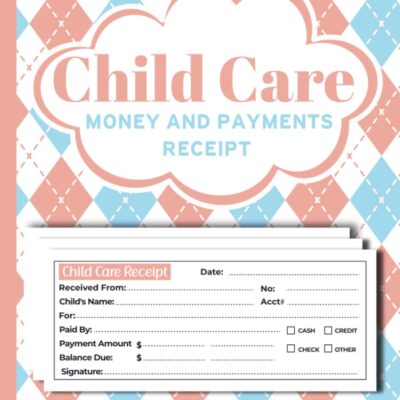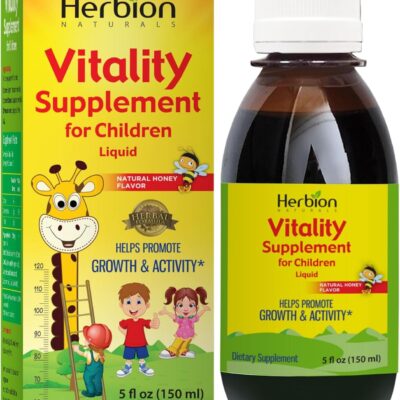
Breast milk is to fulfill your child’s need. Here are the amazing details on your breast milk supply during the initial days, weeks, and months.
Your body can produce breast milk for your baby at every stage of your nursing career. Knowing how your breast milk production becomes “switched on,” what happens to your milk when your infant breastfeeds, and why your supply is in sync with him as he develops will help you start breastfeeding off to a wonderful beginning.
The first day: Birth produces your breast milk.
From birth, your baby should be ready to start eating. His rhythmic latching and sucking “switch on” your milk-producing cells to start colostrum, your first breast milk. If feasible, feed him in his first hour; as soon as he shows interest, it will assist build a good breast milk supply.
First few days: Your breast milk arrives.
Your body is waiting for milk-producing hormones including prolactin, insulin, and hydrocortisone to start this phase of breast milk production as well as for the declining levels of the pregnancy hormone progesterone, which start to drop following placenta delivery. The hormones will enable you to start timely milk production. About day three after your baby’s arrival, Your breast milk “comes in” and your breasts could begin to feel especially full and firm.
First month: Increasing your supply.
Your body is sensitive to milk withdrawal in the initial weeks since it is learning how much breast milk to produce. When you remove milk from your breasts, your prolactin levels spike to guarantee proper development. This process also maturates the makeup of your milk; during this period of breast milk production, your body produces transitional milk in amounts that keep building.
Establishing an excellent long-term breast milk supply depends on the initial weeks you spend with your infant. Using supply and demand, the more often your baby breastfeeds, the more milk. Every time milk is taken from your breasts—by your baby or by you expressing—they will make more.
Remember, newborns often eat a lot—perhaps as much as every 45 minutes—and this does not mean they are not getting enough milk. Feed your infant on demand instead of following a plan since regular feeding helps build your supply.
“Your newborn is feeding all the time, so it’s easy to believe you’re not producing enough milk in those first few weeks, but this is normal,” suggests UK mother of two Jo. Despite this being rare, we’re conditioned to imagine a small baby will only eat every few hours.”
Remember, too, that comfort is another reason newborns drink. As your kid adapts to life outside the womb, nursing helps the two of you bond, calms, and satisfies him.
Maintaining the first month’s production.
Following your baby’s lead and allowing him to nurse as often as he wants will help you produce breast milk for as long as he needs.
Although some mothers try to widen the intervals between feeds to give their breasts more time to produce milk, this is not a smart idea because it can reduce milk output.
If you cannot nurse your infant directly for the first two weeks, you can try to preserve and build your breast milk supply over this vital period and beyond.
Giving your infant more formula bottles needlessly can lower your breast milk production. Since milk isn’t being taken out, your breasts aren’t getting the signal to boost breast milk generation. Your baby can also miss the next time he naturally would have breastfed if he sleeps longer after a bottle.
People occasionally refer to this as the “top-up trap.” Less milk removal and three or four days of top-up formula feeding send the breasts the signal that weaning has begun. Thus, they cut the milk they generate in response. The baby then becomes hungrier once more, so another top-up formula meal is usually required. The cycle then keeps on, ending in genuine poor breast milk supply and a baby now largely fed formula.
Your milk production beyond six weeks
Breast milk is mature, and your body has become rather effective in generating as much milk as your baby requires. The prolactin surges after feeding start to drop after the first month. Your breasts really start working as though they were under automatic control. Four. Your breasts may also feel softer at this point, and you should halt any leaking about here.
By now, one often worries about “losing your milk.” However, it indicates that your breast milk output has calmed down and is now in balance with your child’s demands. Despite his ongoing development, he will only need about the same amount of milk at six weeks and six months.Your infant may nurse less frequently but for more extended periods. A baby’s hunger changes, much like an adult’s, therefore he may feed less certain days.
You now produce milk on a supply-and-demand basis, not considering other factors. Thus, you will make more the more your kid consumes—or you express.
practically, though, how does this work? It is believed to be connected to something in your milk that regulates supply: FIL (feedback inhibitor of lactation). Full breasts produce less milk than almost empty ones since more milk means more FIL.
Is the flow of your breast milk normal?
Breast milk for newborns are healthy and developing appropriately, breast milk output and how to increase it are unusual concerns for mothers.
UK mother of two Marjorie says, “Although I offered her both, I was worried that my newborn only fed for short periods and always from one breast, so she wasn’t getting enough”.
But the volume I was producing astonished and reassured me when I expressed milk using a breast pump. I just have to keep routinely offering her little bits and pieces.
Remember that not every mother responds fast to a breast pump. You could also try feeling whether your breasts are going from full to empty and manually expressing.
Read our guidance on how to find out whether your supply of breast milk is insufficient or excessive if you are worried about it.
If you want to learn my #1 Goli Apple Cider Vinegar Gummy Vitamins , Click Here Now





